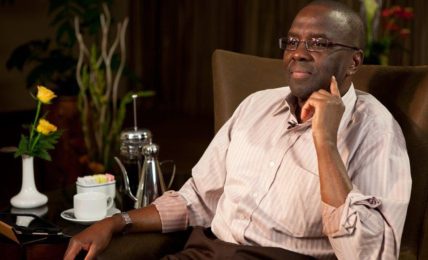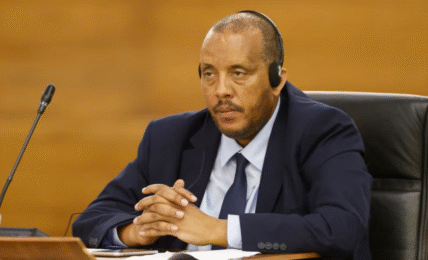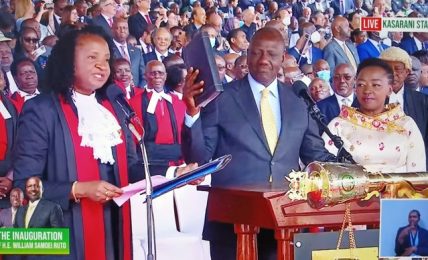Algorithms, Bots and Elections in Africa: How Social Media Influences Political Choices
Algorithms watch your behaviour when you interact with certain content in the platform, make assumptions and predictions on your preferences, and then recommend similar content in your feed.








